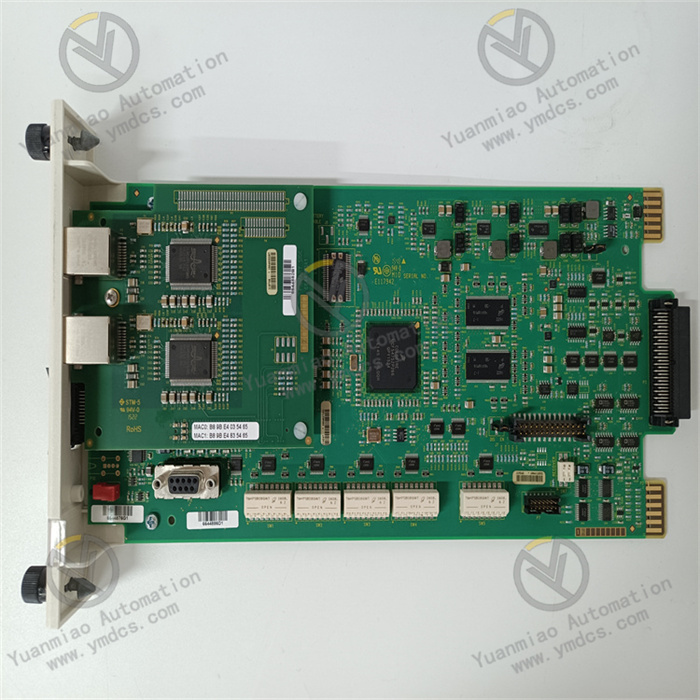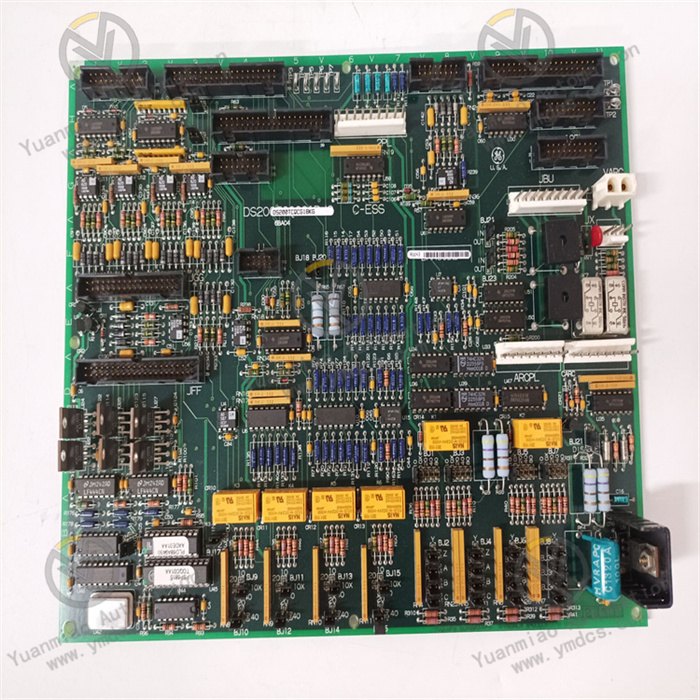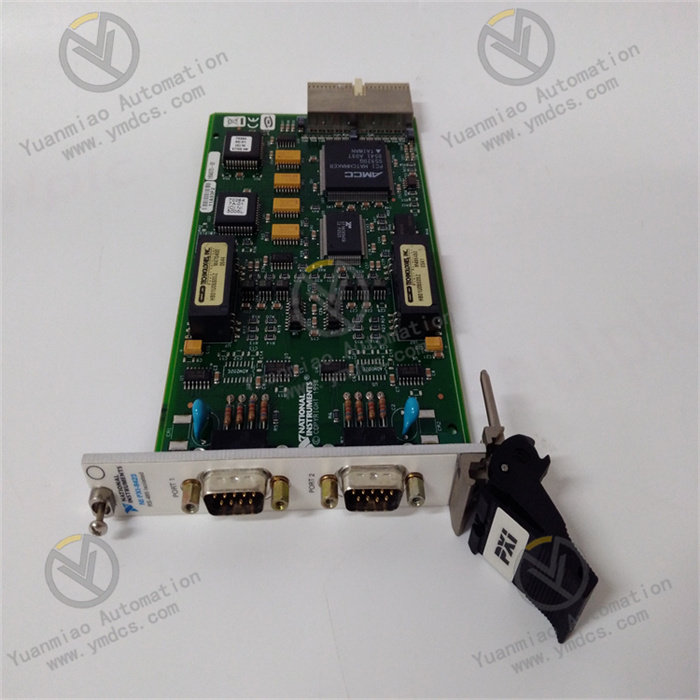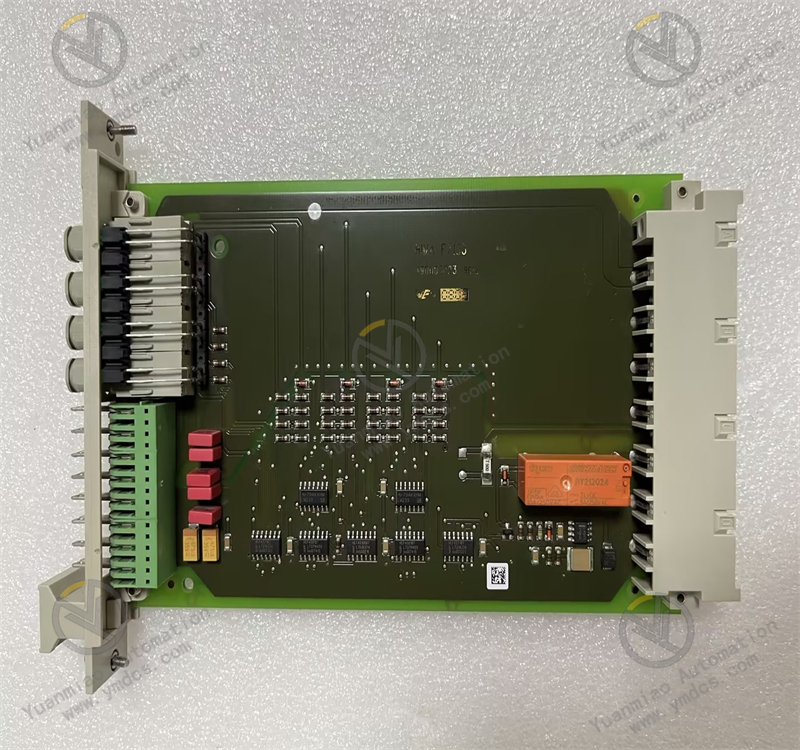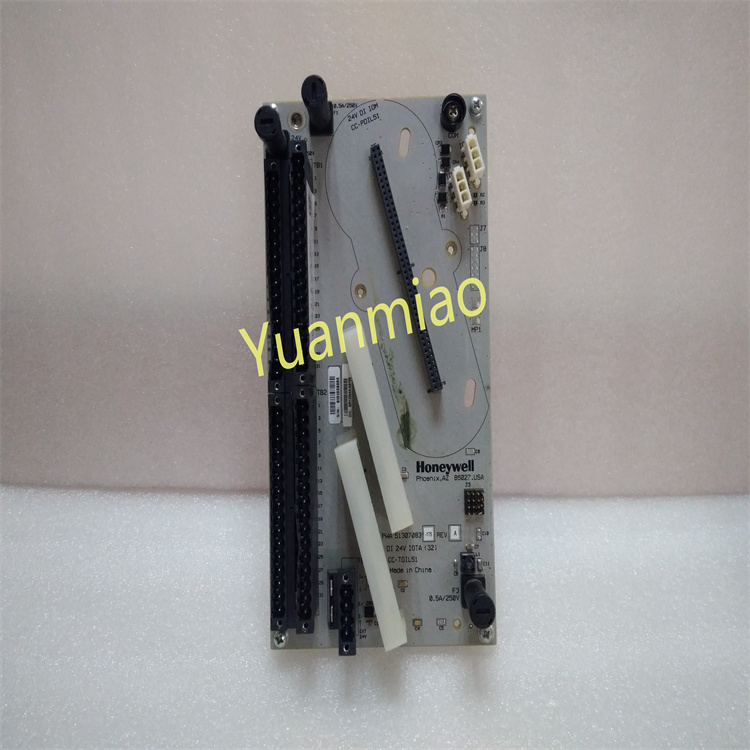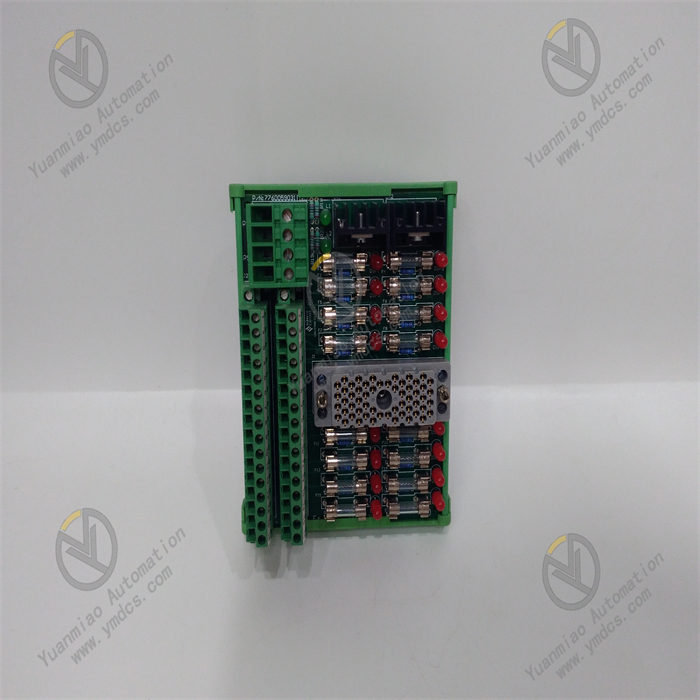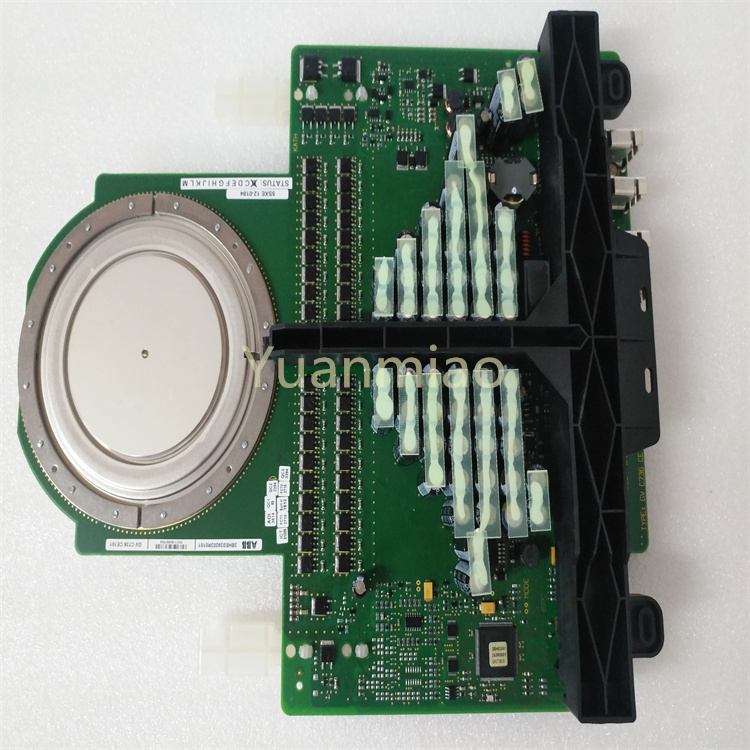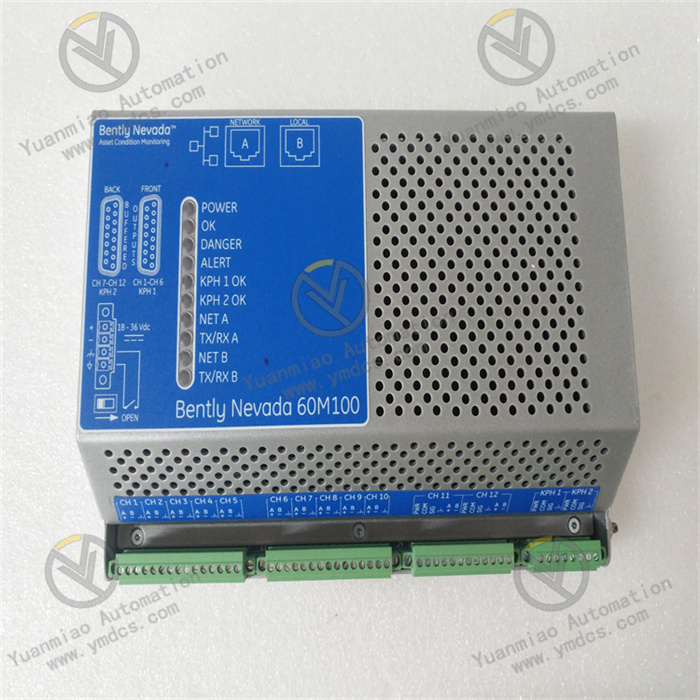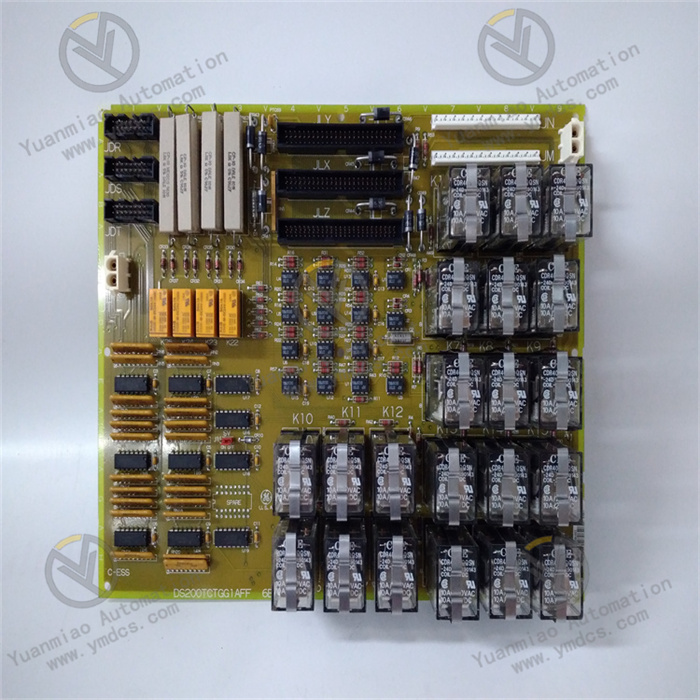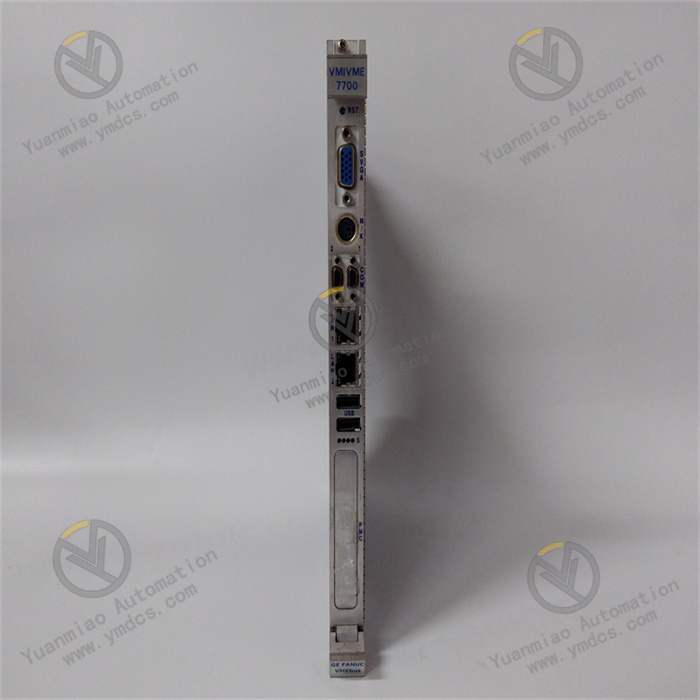Description
Functional Purpose: Descriptions of its functional purpose vary in different materials. It may be a high-precision monitoring system used for precise measurement in industrial automation applications, such as accurately monitoring parameters like the vibration and displacement of machinery to ensure the stable operation of industrial equipment. It may also be a communication gateway module used to achieve seamless integration between different industrial networks, promoting efficient data exchange and the collaborative operation of control systems.
Technical Parameters
Sensor Technology: If it is a monitoring system module, it may adopt advanced inductive proximity sensors, laser sensors, etc.
Measurement Range: If it is a monitoring module, the measurement distance can reach up to 254mm or 90 meters, etc. (data vary in different materials).
Accuracy: It usually has a very high accuracy, such as ±0.005% of the distance measured or ±1mm (at 25°C), etc.
Communication Protocols: It supports communication protocols such as Modbus RTU, Ethernet/IP, Profinet, Modbus/TCP, OPC-UA, etc.
Power Supply: The power supply is generally direct current, with a voltage range of 9 - 32VDC or 12VDC, etc., and the power consumption is relatively low.
Working Environment: The working temperature range is generally between -40°C and +70°C or between -40°C and +85°C, the humidity is 0% - 95% non-condensing, and the protection level can reach up to IP67 or IP68, enabling it to adapt to harsh industrial environments.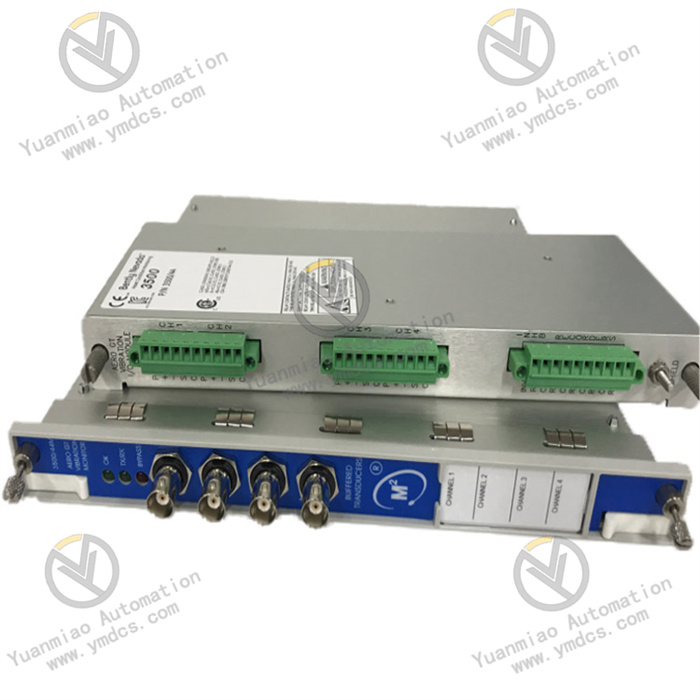
Product Features
High-precision Measurement: By adopting advanced sensor technology and high-precision signal processing circuits, it can provide accurate measurement results, offering reliable data support for the condition monitoring and fault diagnosis of industrial equipment.
High Reliability: The product has undergone strict testing and verification. With the use of high-quality electronic components and a sturdy housing design, it has good anti-interference ability and environmental adaptability, and can operate stably in harsh industrial environments.
Easy Integration: It supports multiple communication protocols and interfaces, enabling convenient integration with other industrial automation equipment and achieving seamless docking and collaborative operation of the system.
Convenient Maintenance: It has good maintainability. The module adopts a modular design, which is convenient for installation, debugging, and repair, reducing maintenance costs and downtime.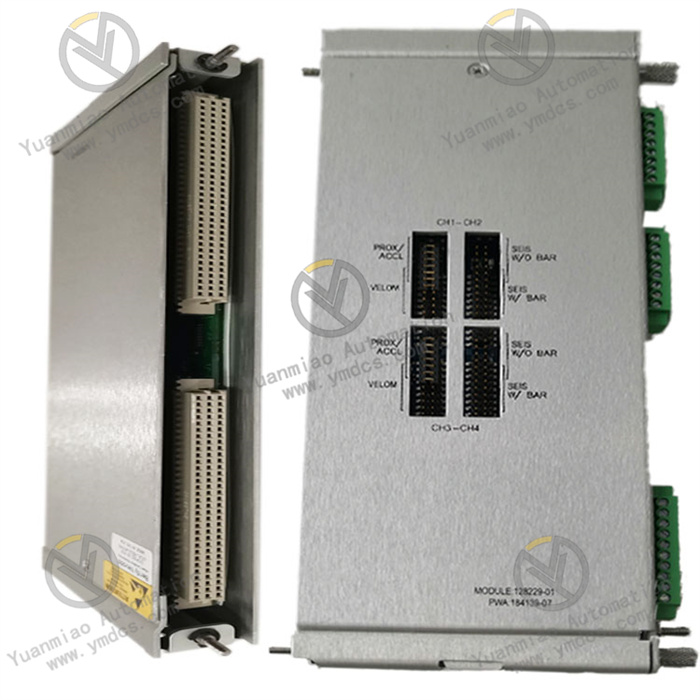
The common faults and solutions of the Bently Nevada 3500/90 module are as follows: 1. Communication Fault Possible Causes: Loose or damaged communication cable connections lead to unstable or interrupted data transmission; the communication interface is damaged and unable to send and receive data normally; the communication protocol is set incorrectly and does not match the connected device; network faults, such as network congestion, IP address conflicts, etc., affect communication. Solutions: Check the connection of the communication cable to ensure it is secure and free of damage. Replace the cable in a timely manner if there are any issues; Use professional tools to detect the communication interface. If the interface is damaged, contact the manufacturer or professional maintenance personnel for replacement; Carefully check the communication protocol settings, including baud rate, data bits, stop bits, parity bits, etc., to ensure they are consistent with the connected device; Troubleshoot network problems, check whether the network connection is normal, solve problems such as IP address conflicts, and ensure network connectivity. 2. Abnormal Data Possible Causes: Sensor faults, such as performance degradation, damage, etc., lead to inaccurate or abnormal collected data; the signal processing circuit inside the module malfunctions and is unable to correctly process the signals input by the sensor; the input signal exceeds the measurement range of the module, resulting in abnormal data; parameter setting errors affect data collection and processing. Solutions: Check and test the sensor. A standard signal source can be used to calibrate the sensor. If the sensor is damaged, replace it with a new one; Check the internal circuit of the module to see if there are any problems such as damaged components or loose solder joints. If necessary, contact professional personnel for repair; Confirm the range of the input signal to ensure it is within the measurement range of the module. If it exceeds the range, adjust the signal source or replace the module with an appropriate range; Check and correct the parameter settings of the module, such as gain, filtering, and other parameters, to ensure they meet the actual application requirements. 3. Abnormal Module Indicator Lights Possible Causes: The power indicator not lighting up may be due to problems with the power supply, such as loose power cables, faults in the power module, etc.; the fault indicator light turning on may indicate the existence of hardware faults or software errors inside the module; abnormal communication indicator lights may be related to the communication connection or the communication module. Solutions: Check the power connection to ensure the power cable is firmly connected and measure whether the power voltage is normal. If the power module is faulty, replace it in a timely manner; For the situation where the fault indicator light is on, obtain detailed fault information through the diagnostic function of the module or relevant software, and troubleshoot and repair according to the fault prompts; Check the communication connection and the communication module to ensure normal communication. If the communication module is faulty, repair or replace it. 4. System Unable to Recognize the Module Possible Causes: The module is not correctly installed in the rack slot, resulting in poor contact; the backplane or slot of the rack malfunctions and is unable to communicate normally with the module; the firmware version of the module is not compatible with the system, causing the system to be unable to recognize it. Solutions: Reinstall the module to ensure it is fully inserted into the slot and firmly fixed; Check the backplane and slot of the rack to see if there are any damaged or poorly connected situations. Repair or replace them if necessary; Update the firmware version of the module to make it compatible with the system, and follow the correct upgrade steps to avoid errors during the upgrade process. 5. Abnormal Output Control Possible Causes: Incorrect setting of the control signal leads to the output not meeting expectations; the output circuit of the module malfunctions and is unable to output the control signal normally; the connected actuator malfunctions, affecting the control effect of the module. Solutions: Check the setting of the control signal, including control logic, output parameters, etc., to ensure they are correct; Check the output circuit of the module. Use tools such as a multimeter to measure whether the output signal is normal. If the circuit is faulty, contact professional personnel for repair; Check and test the connected actuator, eliminate faults in the actuator, and ensure it can normally respond to the control signal of the module.


